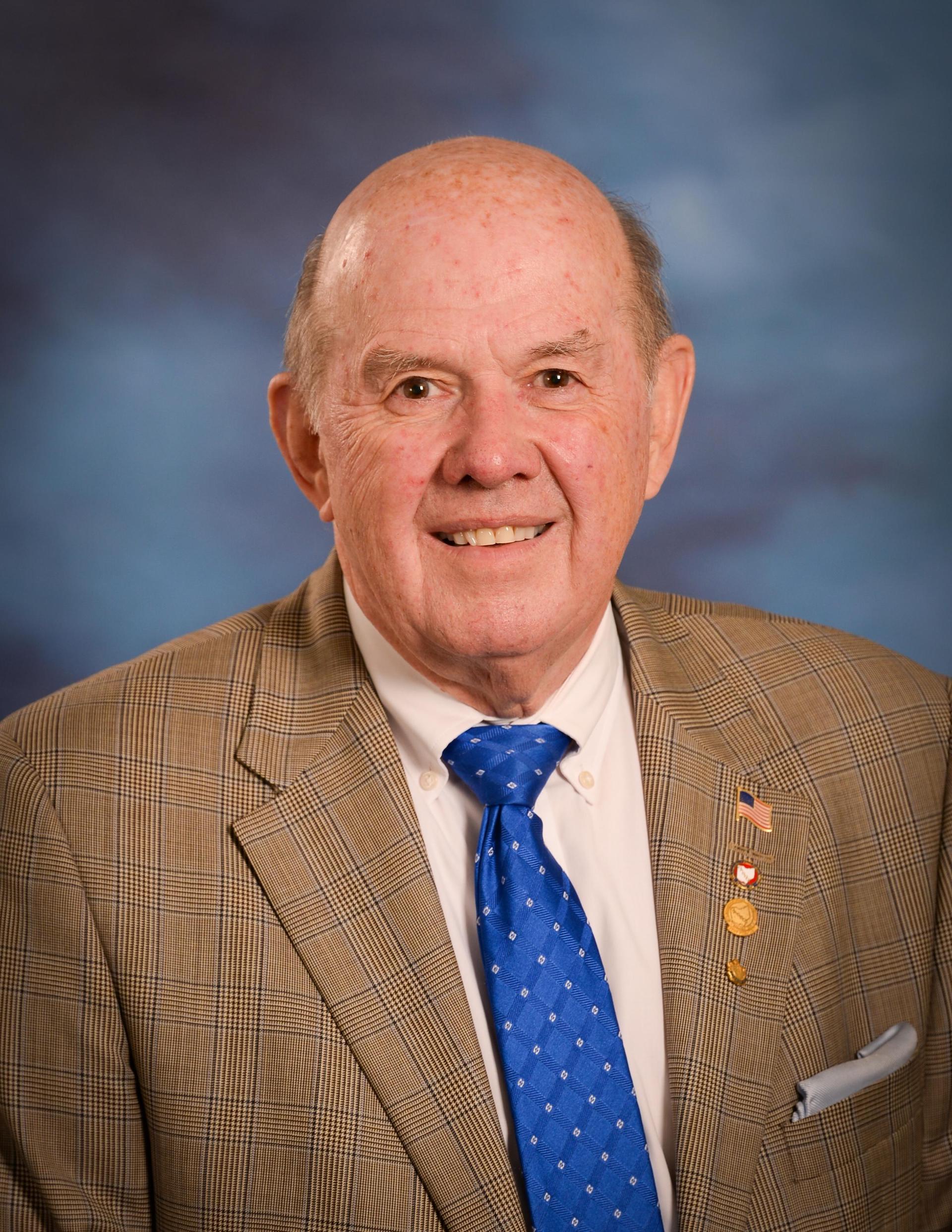The Twentieth Century Club of Garrettsville met on February 6, 2014 in the Garrettsville branch of the Portage County District Library as part of the theme for the year, Through the Year with Dewey (Dewey Decimal System, that is). The roll call was answered by proposing what members felt would be fine new inventions for the betterment of everyday life and worldwide problems.
A number of procedural items were discussed during the business meeting. The nominating committee for the selection of a slate of officers for the 2014-2015 club year was chosen. For the next meeting, the Guest Night meeting, on February 20, members should bring a guest OR a Community Cupboard donation. There was an addition/correction of a co-hostess for the March 6 meeting at the home of Iva Walker; Bonnie Oliver will take the place of Cheri Wolfe. There was discussion concerning changes to the calendar and the enabling of the same by modifying /amending the constitution. This will be at the discretion of the calendar committee for now. The Spring Party for 2014 will be on April 24, pending confirmation by the chosen venue; more information to follow.
The program for the evening was presented by Gay McCoy, who took members on an expedition through the 600’s—technology and science—focused on clocks and telling time. This went all the way back to the time when telling time was not all that important, when the sun, moon and stars were sufficient markers for the passage of time. But this non-chronologic era could not last forever. The water clock and the sundial—thank you China, thank you Egypt, Sumer, Babylon—came into being, as did the numerical division of days into smaller units of various sizes. The candle clock( after the invention of candles) and the sand clock—think hourglass—also entered the field.
Time flew along, fun or no fun, in this rudimentary fashion until the dawn of the Industrial Age when more synchronicity came to be desirable, at least partly because of increased contact and trade among nations and locales. Mechanical clocks began to appear, in chambers and high up in towers, both as functional devices to order everyday life and as symbols of power and affluence. There were different types of chimes announcing the hours, different types of mechanisms powering the timepieces, first weight-driven then spring-driven mechanisms, with a feature known as the escapement improving the accuracy of the watch or clock. Watches followed, first as pendant or pocket watches, then, in1867 on the wrist.
Nineteenth century Switzerland produced a number of watch/clock-making establishments, some of which are still prominent today. In the United States, the Waltham and Elgin Companies began mass production, improved accuracy and lowered costs. Self-winding, quartz and battery-driven watches were next to appear. The National Bureau of Standards set the touchstone for accuracy of timepieces in the United States with the adoption of the atomic clock, which was accurate to within one second every three hundred years. It has since been improved upon.
The hostesses, Karen Ziarko and Lucy Galayde, offered refreshment in the form of chocolate and/or orange-ricotta cake and assorted beverages.
Guest Night will be in the Garrettsville United Methodist Church on February 20.













